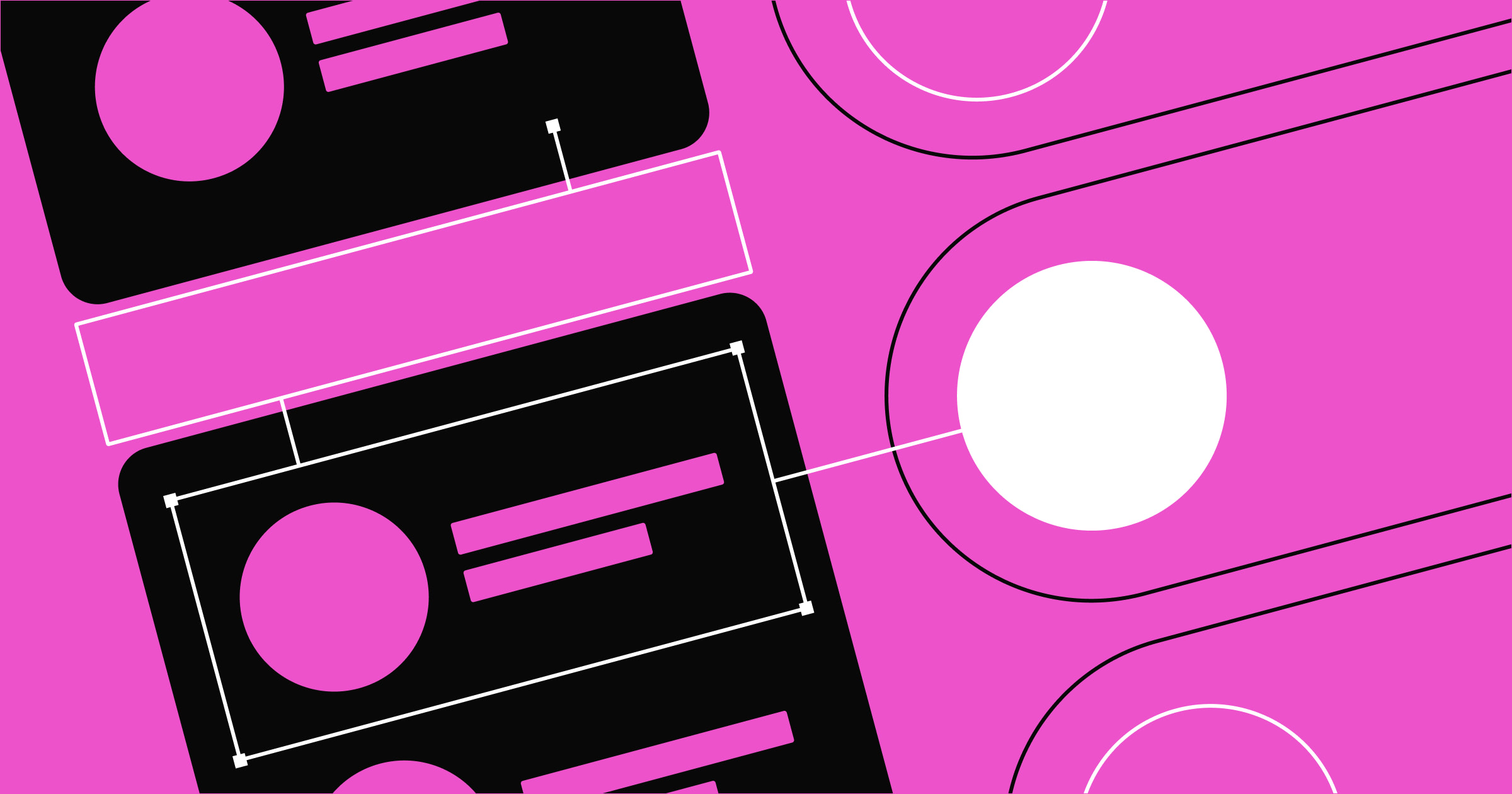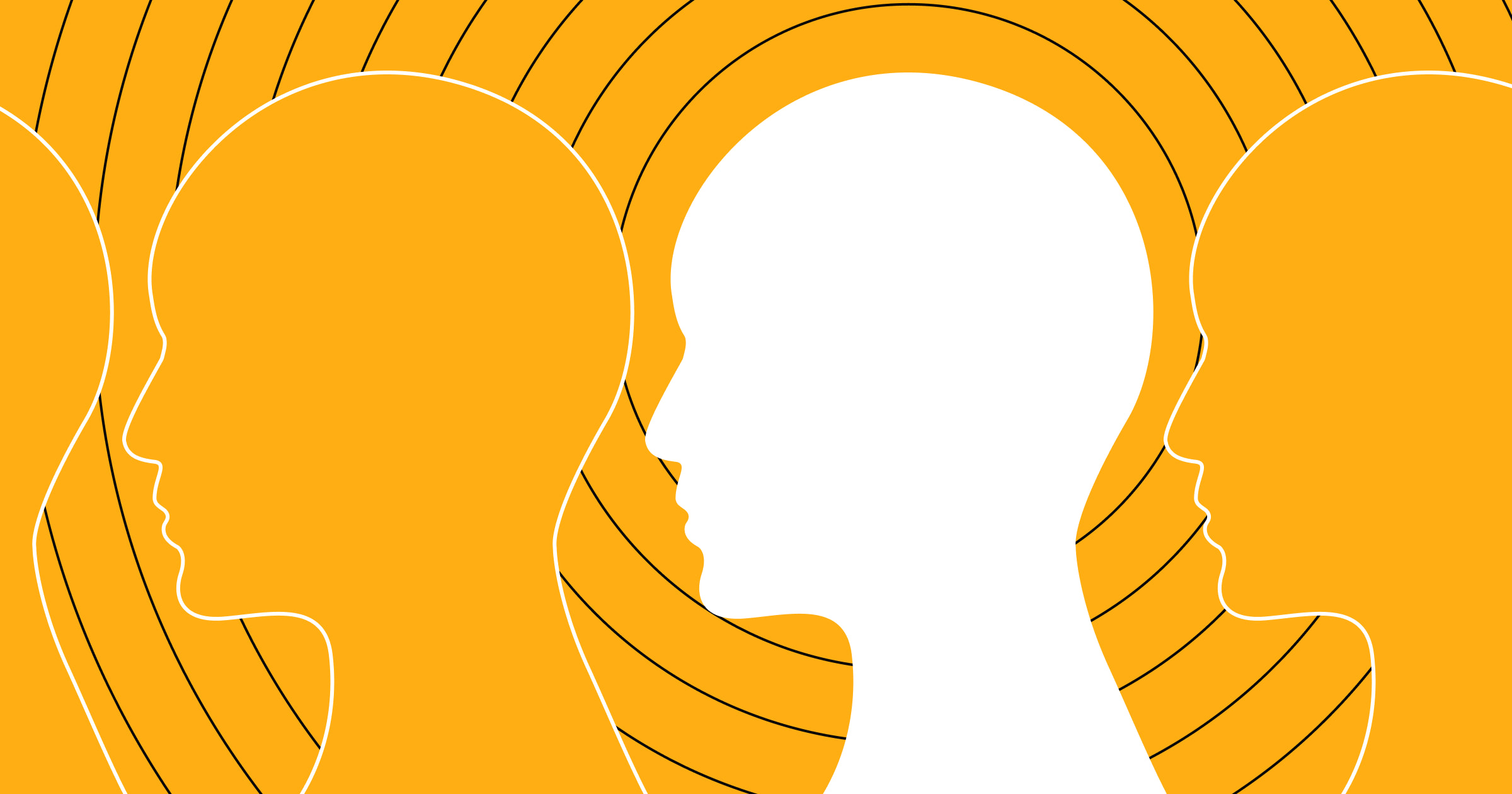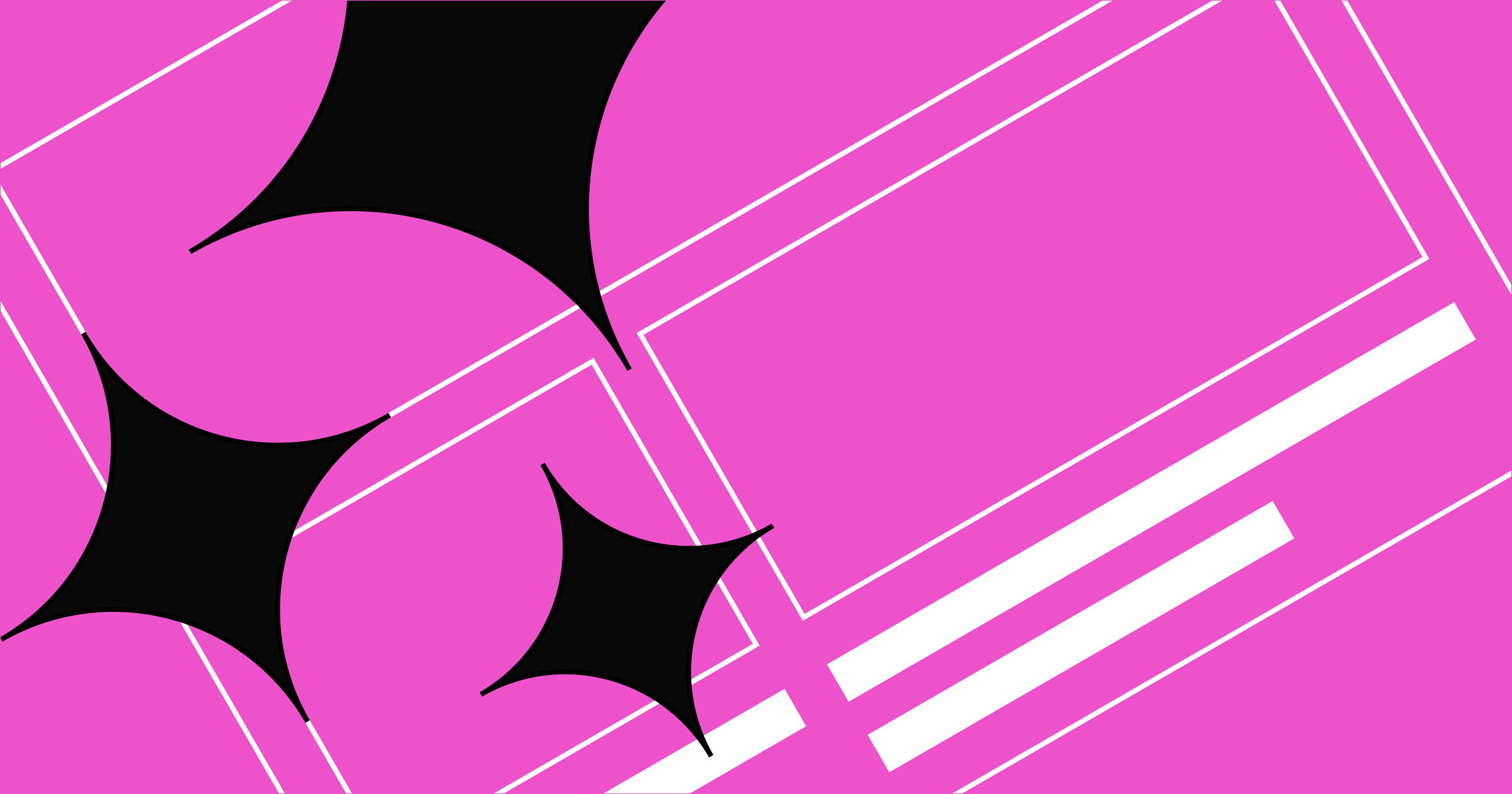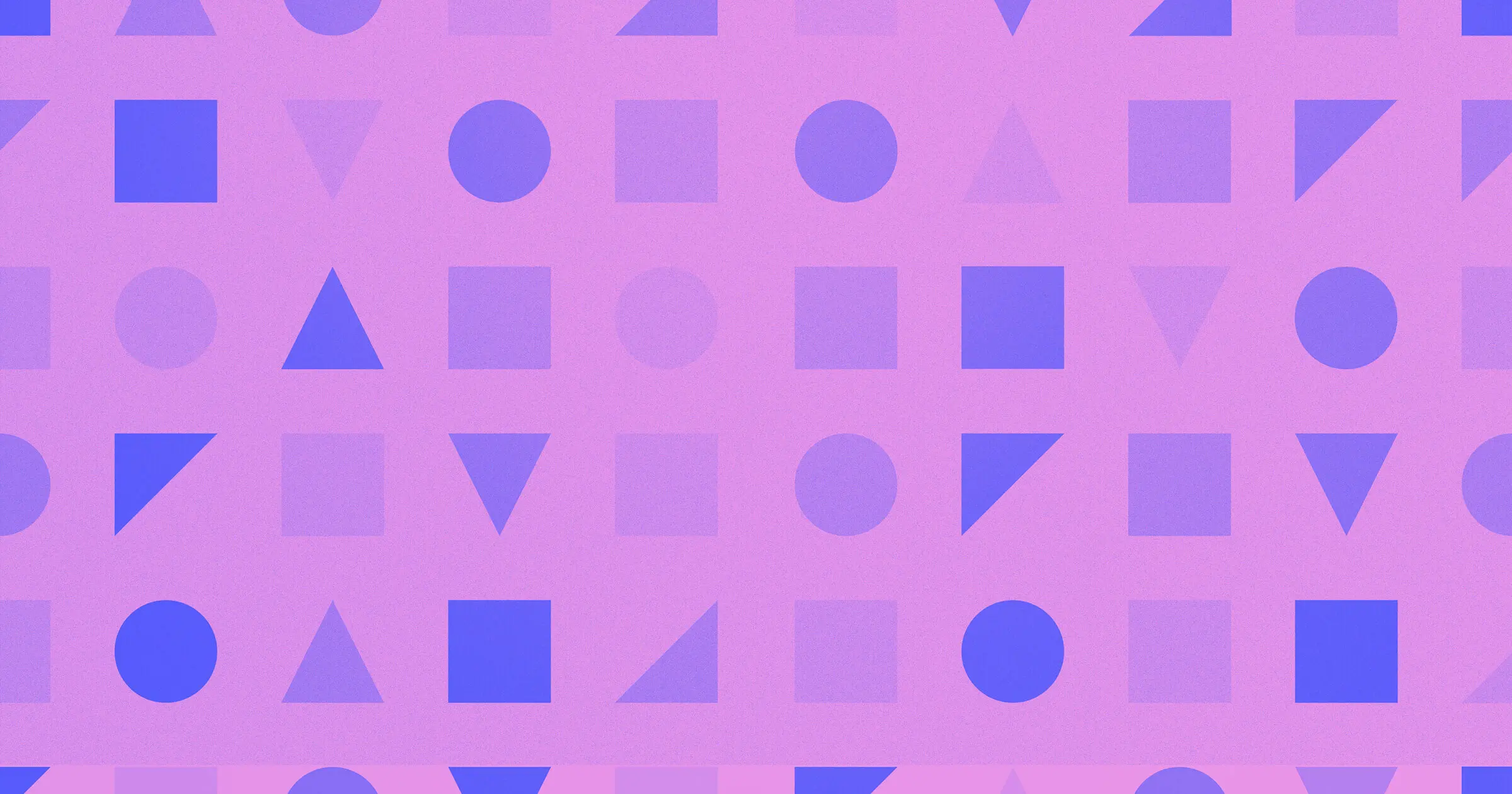You only get one chance at a first impression.
Your online presence is often the first experience a user has with your brand as they research products and services that might suit their needs, which is why web design is so important. To convince visitors you’re the best option, you need a functional, professional site that leverages modern design principles like heuristics, search engine optimization (SEO), and visually appealing patterns.
For web designers, it’s essential to understand and incorporate fundamental principles so you can attract visitors and encourage engagement. Learn the critical design practices you need to grow your audience, improve brand awareness, and retain customers.
What is good web design?
Web design is a broad term that encompasses everything from how you structure your sitemap to what color palette you use. It involves developing a website that introduces visitors to your brand and products in an organized, appealing, and functional manner.
Good web design uses predictable navigation and engaging visuals to subtly invite your audience to explore. Poor design lacks consistency, predictability, and visual principles that visitors have come to expect.
To evaluate the quality of a site’s design, consider these questions:
- Is navigating the site simple and intuitive?
- Are the visuals striking or informative?
- How long does it take to find what you’re looking for?
- What do you discover along the way?
Applying these considerations to real websites will give you a sense of what good quality design looks like, informing your approach to development.
What are the benefits of a good web design?
A successfully designed site naturally communicates critical information about your company while also boosting discoverability and brand awareness. Here are the primary benefits of a strong web design.
A positive first impression
An intuitive, attractive, and professional-looking website tells new visitors that your company is customer-focused and forward-thinking. Think about how a site’s appearance and navigability factor into your initial perception of a brand. Your go-to websites likely feature attractive and simple-to-use designs with the customer in mind, and that’s what keeps you coming back.
Improved SEO
In the development and design phases, you can’t solely focus on how people will experience your site. You also need to consider SEO fundamentals to ensure your site is discoverable. Search engines use web crawlers to rank sites in their search results pages with complex algorithms that consider elements like relevant content, intuitive navigation, and fast-loading pages.
Search engines will rank pages that satisfy these criteria over those that don't. For example, if you and a competitor both offer high-quality content, optimize your website design for functionality and speed so you can have an advantage over their website.
Enhanced credibility
To vet a website for reliability and value, people look for red flags like typos, broken links, and inaccurate information. Developing a trustworthy site requires investing in content and design expertise to prevent and correct such mistakes. Visitors who see an error-free site that functions properly will more likely perceive it as a credible source, which fosters trust in your brand.
Competitive advantage
Cutting-edge, unique websites are becoming the norm in many industries, which means companies must constantly work to stand out. If your site’s design is forgettable while your competitors’ are innovative and memorable, you’re giving other brands a significant advantage.
Your website doesn’t necessarily need to be a futuristic work of art, but following current web design trends will demonstrate that your company is with the times and ensure your brand stays top of mind.
High-converting CTAs
An effective website guides viewers to take the actions you hope for, like signing up for a service or purchasing a product. You must know where to place calls to action (CTAs) so they stand out but don’t obstruct the user’s journey. Learn how to design these buttons and where to place them by conducting user testing. Doing so ensures your website turns new visitors into loyal customers.



















Ultimate web design
From 101 to advanced, learn how to build sites in Webflow with over 100 lessons — including the basics of HTML and CSS.
5 essential web design principles
Web design is like any other art form — there are fundamental principles that separate good results from bad. Here are five critical principles all web designers should follow.
1. Clear purpose
![[Alt text: The Intrinsic homepage features a large heading on the left that reads, “Accessible, intelligent robotics” alongside a flowing, colorful animation.]](https://cdn.prod.website-files.com/687e8d1b96312cc631cafec7/68c48cc65bf99aefab278d10_66d10858fbf7984b14554a90_66ce0fc02a492f212cc1e025_AD_4nXdwP_aZFVY6nYXwQt_ugt1VwjtaSiJzMqwupUhGpdi-29wDBKZOsnNN615KhzHwAVes8yafJQ4I-9mK04y5zCelpSqkbnT28KhT6HNw5n45wxwKFD_q1N0-RgUUBohXv92QBlGFOB23uGqysulU0Vjy0eKX.png)
The importance of a website for any company involves some distinct function that keeps visitors coming back. For example, Intrinsic is an automation platform that unlocks the power of robotics for developers. Their website shares plenty of fascinating information and a modern web design, but that’s not all — it also includes information about upcoming betas, encouraging audiences to check the site regularly and see what’s on the horizon.
2. Simple appearance
Minimalism is the name of the game in today’s web design environment. That might change as trends do — but for now, it’s what gets repeat clicks. Using whitespace, sans-serif fonts, and simple color palettes all help create a minimalist design. Combine elements that lend flair without overwhelming visitors, such as pairing 3D animations that add gentle movement with simple and orderly visuals.
3. Seamless navigation
Predictable navigation is one vital heuristic people — and web crawlers — check for. Visitors might shy away from overly complicated sites, so it’s up to you to create an intuitive and functional user path. A good rule of thumb is to ensure users can always navigate to a new page without hitting the back button. Essentially, all pages must connect with one another through well-placed links.
This IMDb website redesign prototype (designed by JP Silva) creates a predictable navigation structure that doesn’t take over the page. The “News” tab, for instance, slides out with subcategories so readers can quickly find various topics. If they want to move to another subtopic, they can reopen the category and find it.
![[Alt text: This reimagined prototype for the IMDb website uses an image gallery and a vertical navigation menu.]](https://cdn.prod.website-files.com/687e8d1b96312cc631cafec7/68c48cc65bf99aefab278d13_66d10858fbf7984b14554aa1_66ce0fc096e8a814de696af7_AD_4nXf7fyQCsKw75mEaCBs2o7PZiYpz7PK_6-zYkTofOWzkLTrPa6b4s8EJyg54hiyohDvqi8Qvvsl6ICE4bQQHxosgFIjDZ_ChGc_cJNyE_cxvPmGVGcCOwUxVZuT2z7v4xGYxOcFQs1sRNBuCCe4SRffrJrs.png)
4. F-shaped patterns
There are a few ways to organize content on a page, but the “F” shape is the current front-runner most website designers use. This layout encourages a person’s eyes to land first on top-of-page content, move right, then scroll down and scan right again — but not as far right as before. Viewers continue following this pattern to the bottom of the page or until they lose interest in the content.
IMB Bank follows this pattern well with their product page on banking. Most of their eye-catching headlines and imagery are on the left side, and everything is organized into scannable rows that neatly arrange content into an “F” shape.
![[Alt text: This page about IMB Bank’s banking features organizes its content into neat rows. The most important information is on the left side, such as “Reward Saver Account,” “Saving for the Future,” and “Managing your business.”]](https://cdn.prod.website-files.com/687e8d1b96312cc631cafec7/68c48cc65bf99aefab278d05_66d10858fbf7984b14554a94_66ce0fbf41f862a13068b1ae_AD_4nXehUSMJKSUJ_F6sW7098ujVRju1ATYv-HpjffJKPxosNwr3yB1RopMbjjRn1k_Q42Gl_sC1YTV6iiMAC5M7utZwpLu3p9bLVh-mxZMvSnlcnYNpyWfdOH93sba0xqt6iM5VpXCPlsvkpgiWfKPLSqvg35De.png)
5. Structured visual hierarchy
Similar to optimal content layout patterns, there’s a fundamental principle governing how to arrange elements relative to one another. This principle is called the golden ratio, which involves sizing and placing visual components based on precise proportions so elements gradually grow larger as they increase in importance.
Nature uses the golden ratio to determine everything from how petals grow on a flower to the organization of a pinecone. Since this pattern is so ubiquitous, people have grown comfortable with its visual effect. Applying its proportions in your web design leverages a subconscious human bias to create a visually appealing design.
Express your brand identity through design
Your website says a lot about your brand — and a well-optimized design engages site visitors and helps improve SEO. To create a high-performing and visually appealing site, you need a robust web development platform like Webflow.
Webflow provides the tools you need to create memorable, professional sites, offering industry-leading features like Quick Stack elements, reusable components, and 3D animations. If you need design ideas, explore templates from the Made in Webflow Marketplace, where expert developers constantly publish innovative assets that are sure to inspire.

Get started for free
Create custom, scalable websites — without writing code. Start building in Webflow.































